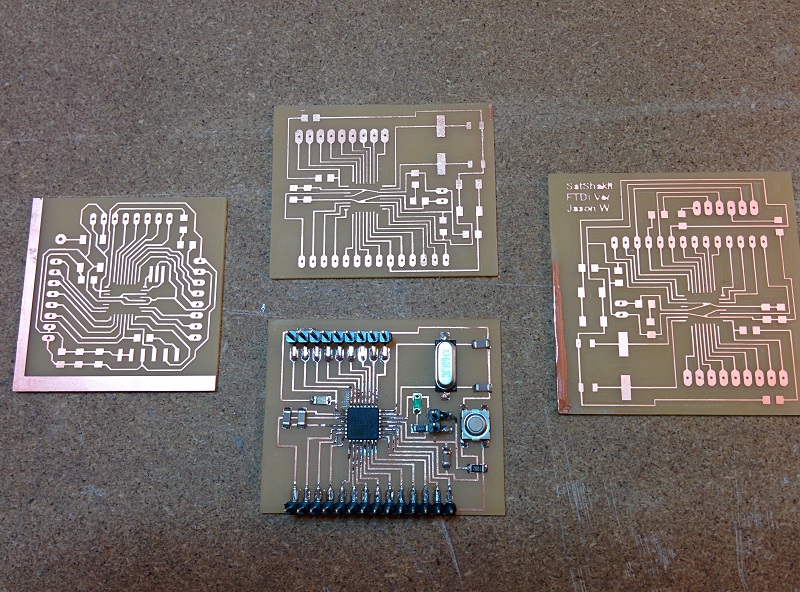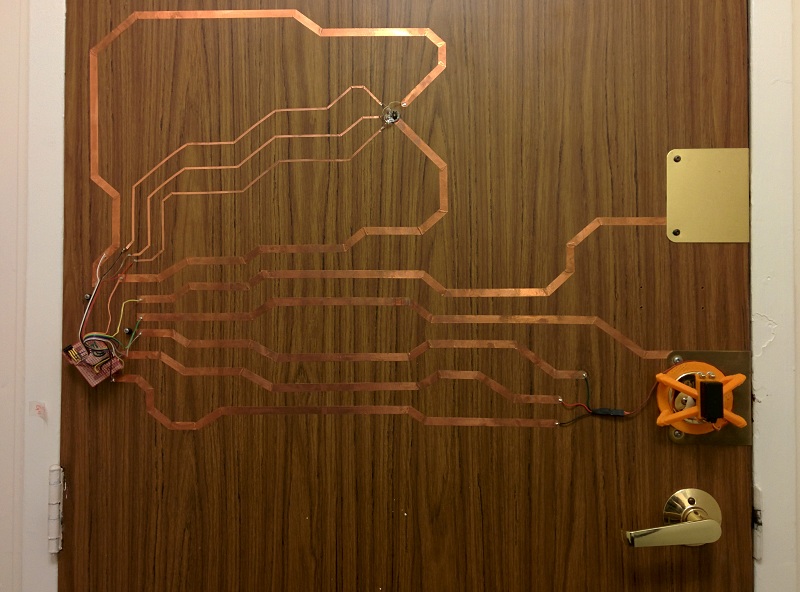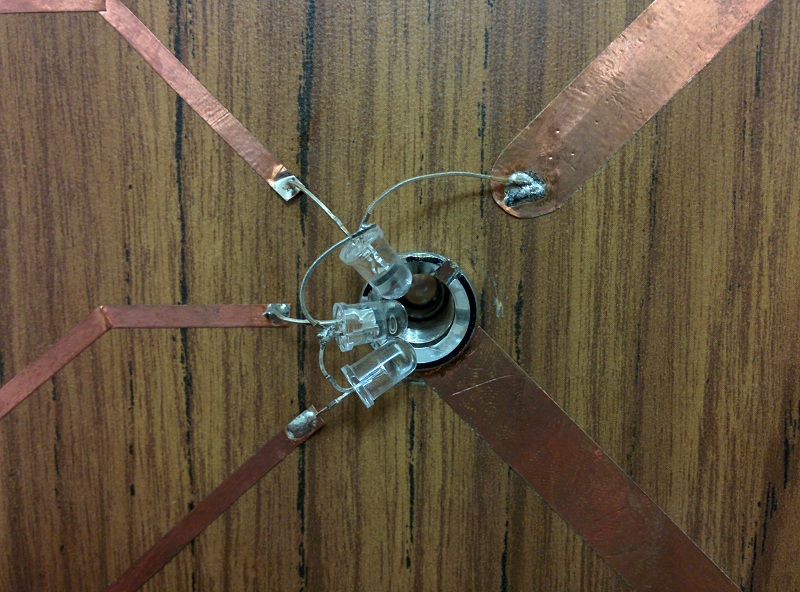SatshaKit FTDI Version
 The modified Satshakit, Satshakit FTDI ver.
The modified Satshakit, Satshakit FTDI ver.
 The png image for milling.
The png image for milling.
 Left: 328P Arduino / Middle: original SatshaKit / Right: My modified Satshakit FTDI ver.
Left: 328P Arduino / Middle: original SatshaKit / Right: My modified Satshakit FTDI ver.
test run Capacitive Touch sensing door lock
 The cupper tapes act as both decoration and wires for the circuit.
The cupper tapes act as both decoration and wires for the circuit.
 Leds produce touch feed back for the user outside the door.
Leds produce touch feed back for the user outside the door.
 Simple 3D printed servo adaptor for the lock, no screws needed by utilizing the original lock bracket as a clamp.
Simple 3D printed servo adaptor for the lock, no screws needed by utilizing the original lock bracket as a clamp.
